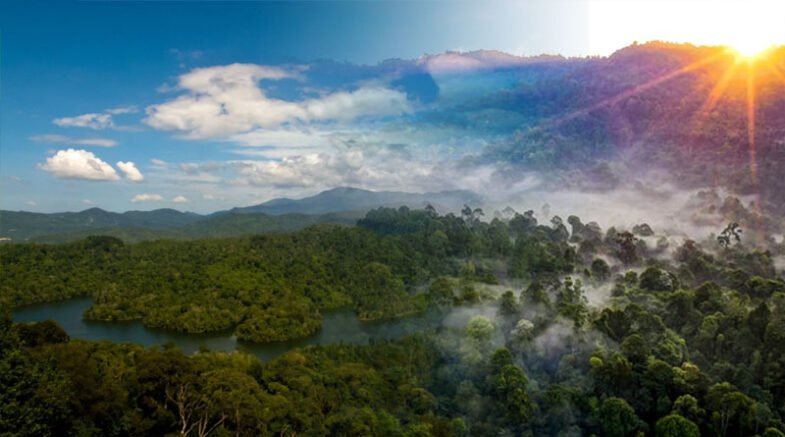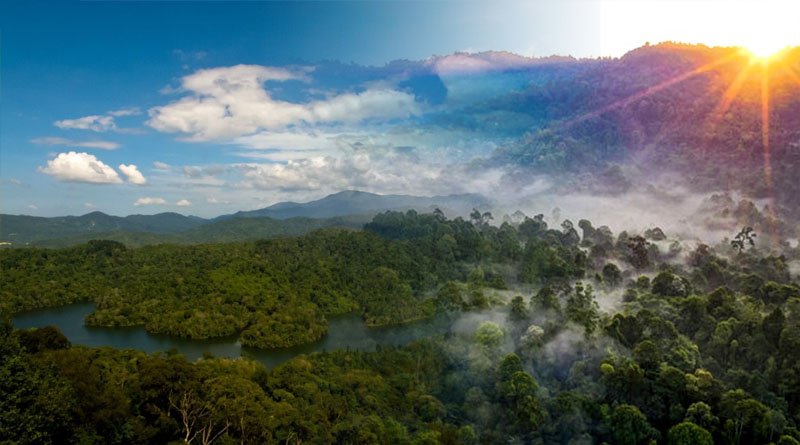Sabah and Sarawak would have to maintain a target of more than 50% to make up the difference in order to keep the pledge.

In many ways, 2022 was a watershed moment. Unbeknownst to many, an important milestone was reached in the middle of the year when Malaysia met its voluntary pledge to keep “at least 50% of its landmass as forest and tree cover” for the next 30 years.
Actually, the pledge, made at the 1992 Rio Earth Summit, was nothing more than a convenient byword in official speeches and statements, so much so that it was only mentioned in the Prime Minister’s foreword to the review of the National Forestry Policy 2021, rather than being incorporated into it.
It remains to be seen whether it will be honoured in the coming years.
I’d venture to say we’ve arrived at a fork in the road. Given the conflicting policies on land use, the new government should revisit the pledge to determine whether it is still achievable. Can we afford to abandon or reduce the goal in the face of climate change and biodiversity preservation?
Both Pakatan Harapan and Barisan Nasional included forest cover in their respective manifestos ahead of the recent 15th General Election, with the latter even aiming to increase the forested area to 60%! However, because forest matters are under state jurisdiction, any target can be ignored when the chips are down.
We know that the peninsula’s forest cover has declined below 50%, which was unavoidable given its larger population and rate of industrialization.
This means that Sabah and Sarawak would have to maintain a target of more than 50% to make up the difference in order to keep the pledge. As a result, a burden-sharing mechanism is urgently needed not only between the three regions but also among the peninsula’s states.
Recognizing the need for funds to maintain the forest, Pakatan’s manifesto boldly pledged to increase funding “for forest financing up to at least RM1bil to state governments” through the Ecological Fiscal Transfer Instrument (EFT). It’s unclear how the figure was calculated, especially given the size and quality of forests in different states.
The Pakatan government introduced EFT in the 2019 budget with an RM60 million allocation to encourage states to increase their “Totally Protected Areas” (national and state parks, wildlife, and bird sanctuaries). There was no allocation for 2020, but in Budget 2021, the amount was increased to RM70 million.
It should be noted that payments to individual states do not go towards forest management because EFT is primarily used to compensate for revenue losses from resource extraction activities or to maintain water catchments.
Because forests serve as carbon sinks in the fight against climate change and are an important component of Malaysia’s climate action plan from 2021 to 2030, the country would benefit from seriously implementing the National REDD+ (Reducing Emissions from Deforestation) programme.
REDD+ offers financial incentives to developing countries that have demonstrated, through rigorous UN-backed technical evaluation, that they have halted deforestation for an extended period of time.
The Pakatan government blew the opportunity during its first term in office. After nearly ten months of deliberation between the then Environment, Science, Technology, and Climate Change Ministry and the Water, Land, and Natural Resources Ministry, the REDD+ unit was transferred to the latter, and the implementation of national climate change response strategies was put on hold.
Hopefully, the new administration will take a broad view of the forest-biodiversity-water nexus, as this will help fulfil Action Plans 22 and 23 of the Pakatan manifesto.
